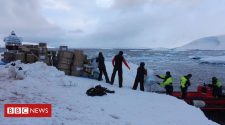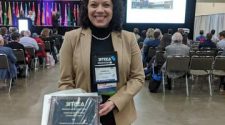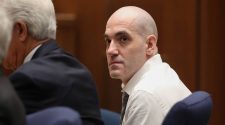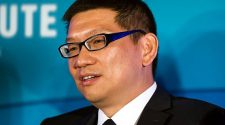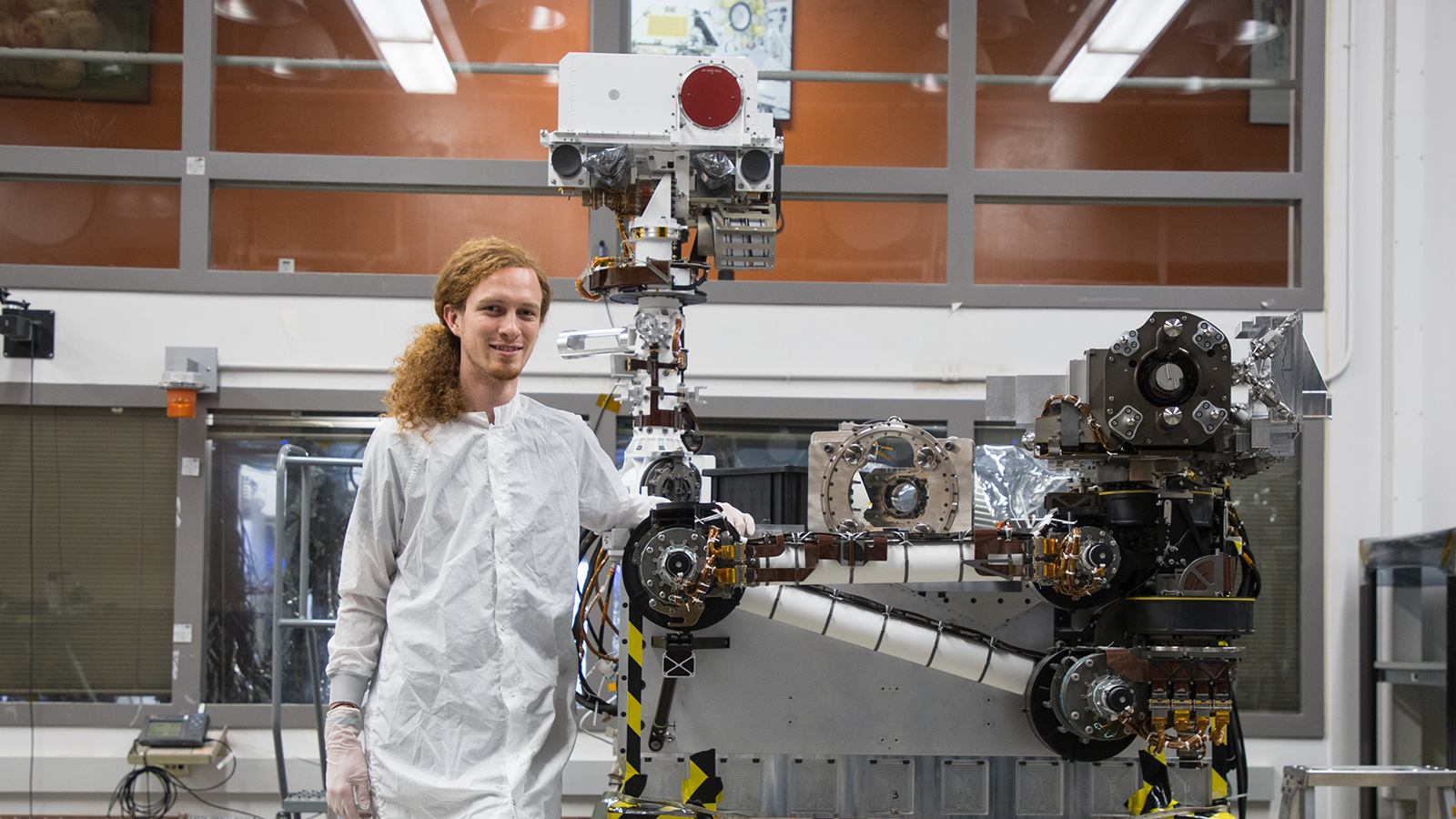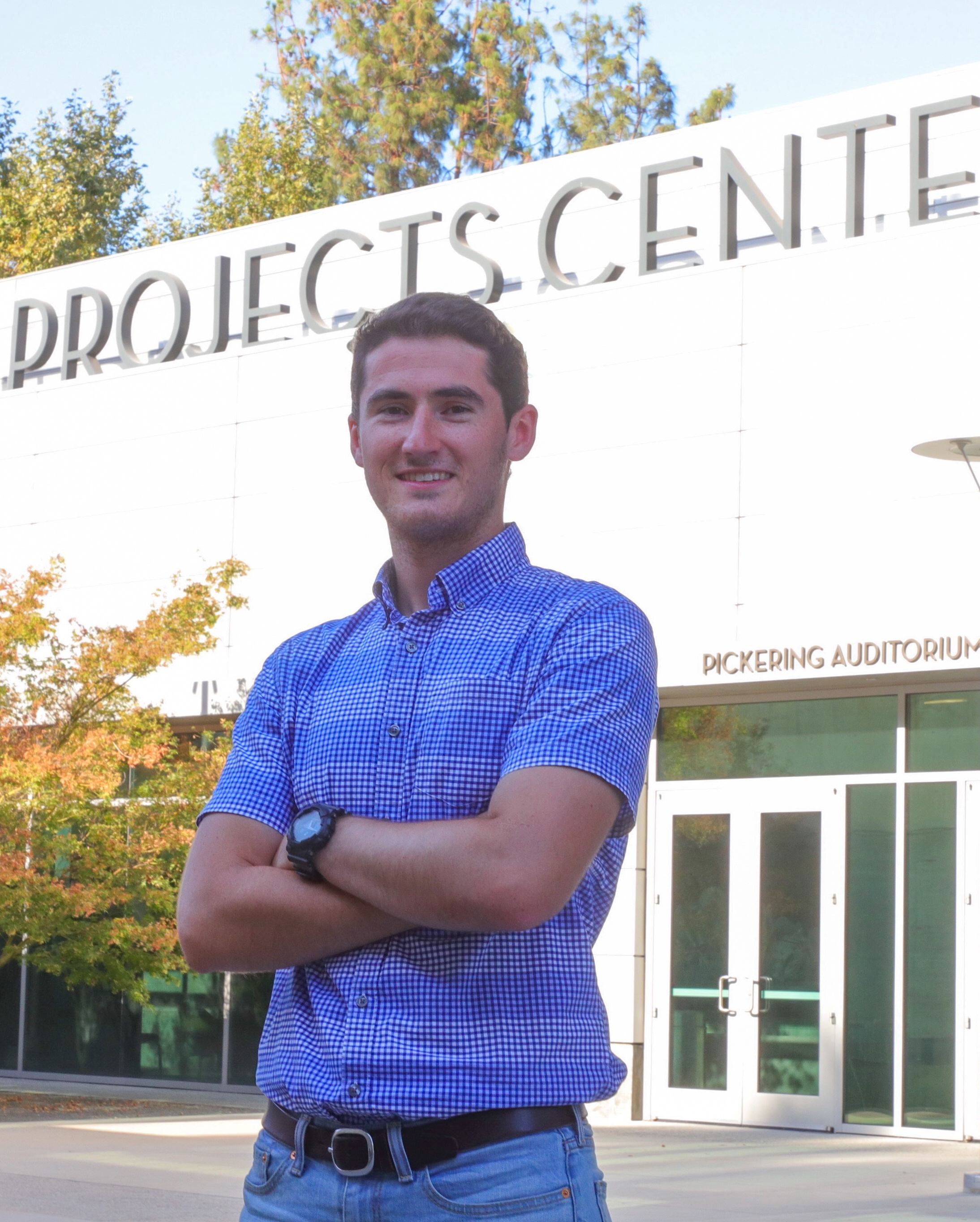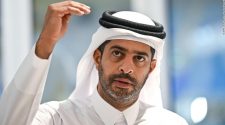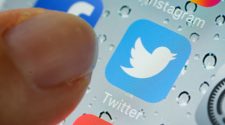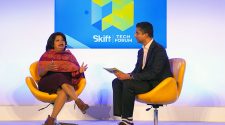It may look cartoonish, but the face of NASA’s next Mars rover is serious business for Jeff Carlson. A former intern at NASA’s Jet Propulsion Laboratory, Carlson is now part of the JPL team tasked with assembling and testing the “head” and “neck” (officially called the Remote Sensing Mast) for the Mars 2020 rover. Carlson jokes that his job is a bit like making and following instructions for assembling IKEA furniture – that is, if the furniture were going to another planet with no option to return for spare parts. With its five cameras that will do everything from guiding the rover to recording ambient sounds to blasting objects with lasers so it can study their chemical composition, the mast will play a key role in the mission’s goal of finding evidence for ancient microbial life. Returning JPL intern Evan Kramer met up with Carlson to learn more about his role in readying the rover for its planned February 2021 debut on Mars and about the summer internship that propelled Carlson to where he is now.
What do you do at JPL?
I am a mechanical engineer working on the remote sensing mast for Mars 2020, [NASA’s next Mars rover]. The remote sensing mast is the “neck” and the “head” of the rover. Scientifically, it is our vision system for seeing far away and doing remote detecting. So instead of using the drill on the rover to study something up close, the mast uses spectroscopy and lasers to see things that are far away and read their chemical composition.
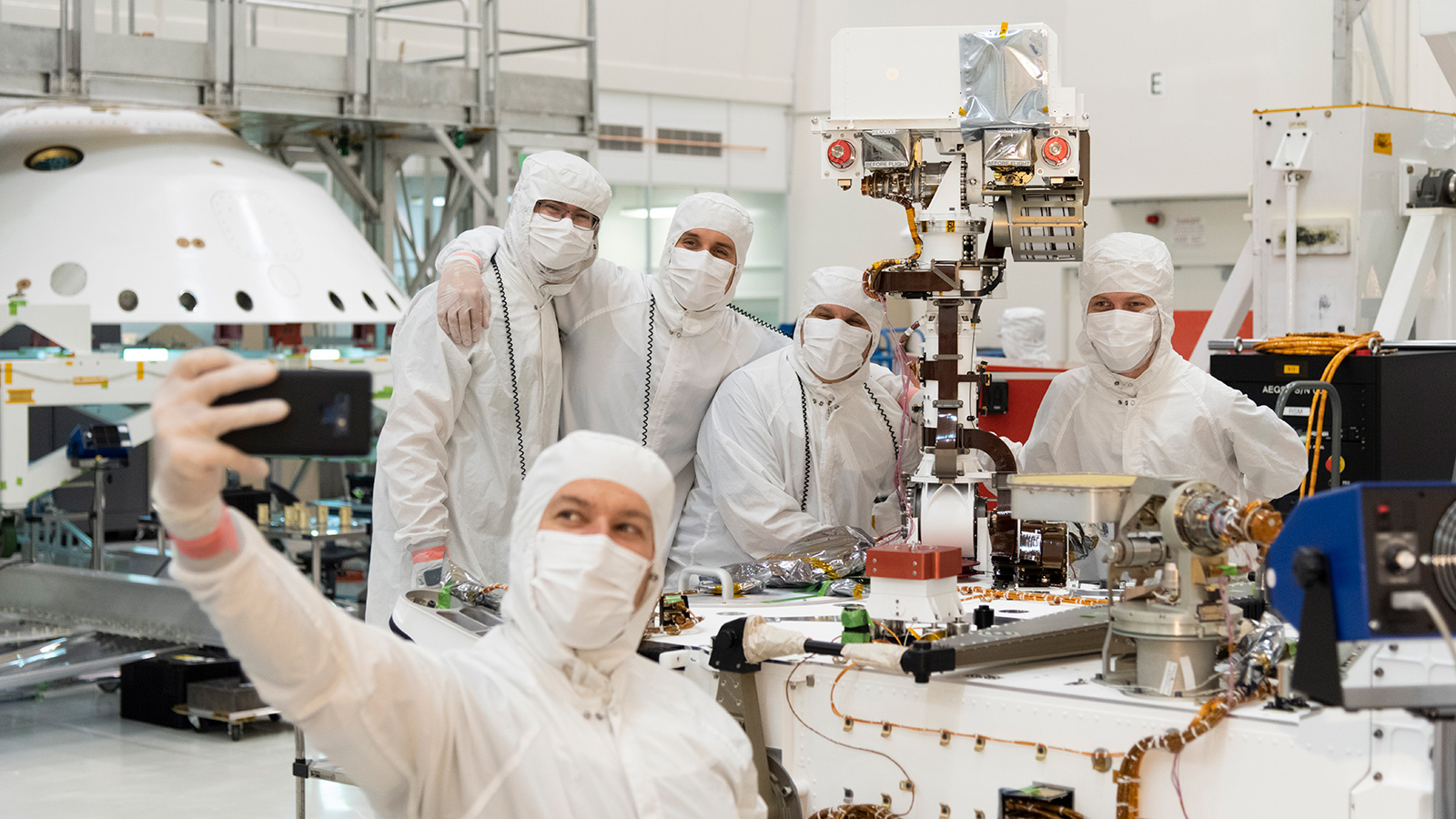
Members of NASA’s Mars 2020 project (including Carlson, right) take a moment to capture a selfie after attaching the remote sensing mast to the Mars 2020 rover. Image credit: NASA/JPL-Caltech | + Expand image
The mast has lots of instruments on it. On the head, itself, there are five cameras. Two of them are for navigation, [NavCams]. They will guide the rover past obstacles, for example. Then, there are two Mastcam-Zs. On the Curiosity rover, they are called Mastcams. On Mars 2020, they’re called Mastcam-Zs, because they have zoom lenses on them. Those cameras will take amazing panorama photographs that we can learn a lot from. Then, we’ve got SuperCam, which is the big “eyeball.” SuperCam shoots a laser that incinerates, or ablates, a far-off target. During that ablation, the camera takes a very quick picture. The color of the flash that the laser makes on the target will be unique to the target’s chemical makeup. SuperCam also has a microphone on it, which is new for this mission. It will allow us to hear the wind and the movements of gravel and rocks. And then down on the neck of the remote sensing mast, we’ve got two wind sensors, 90 degrees apart from each other. One of them is a deployable boom, which can reach out pretty far from the neck and give us measurements of wind direction and velocity. There are also three air temperature sensors, a humidity sensor and a thermal IR sensor. Together, those make up an instrument suite known as MEDA.
What’s your role in working with all of these components?
A lot of my time has been devoted to the role of cognizant engineer, which I share with one other person. That’s essentially the engineer who’s responsible for delivering the hardware to the spacecraft. That includes everything from making sure you have all the nuts and bolts for the assembly – physically counting them and weighing them and recording all the part information and inspection reports – as well as writing the procedures to build everything. So that’s like the document that you get with your IKEA furniture that shows how to put the pieces together. Our team is pretty small, so usually, once we’ve developed these procedures, we go into the cleanroom lab, take the parts and put them all together. On a typical day, I’ll usually do a little bit of all of that. And then I provide the oversight to make sure it comes together the way it’s supposed to.
See NASA’s next Mars rover quite literally coming together inside a clean room at the Jet Propulsion Laboratory. Credit: NASA/JPL-Caltech | Watch on YouTube
You first came to JPL as an intern in summer 2015. What was that experience like?
When I was an intern, I was working on a project that I had no idea existed until I became an intern, and now I can’t stop thinking about it. It’s called Starshade, and it is a sunflower-shaped device the size of a baseball diamond. It’s designed to fly far out in the sky and suppress the light from a distant star so that a space telescope can get a direct image of the planets orbiting the star. Using the same kind of spectroscopy that’s in the SuperCam on Mars 2020, scientists can then characterize which elements are in the atmospheres of these planets, called exoplanets. If we could do that, it would be groundbreaking because it could tell us if a distant planet is habitable or maybe even already inhabited.
What part of Starshade were you working on?
The Starshade is made up of two systems, and I was working on both. There’s a deployable truss, which is a large hoop that forms the circumference of the giant sunflower shape. That has to fit into a rocket to go up to space. So we needed to figure out how to fit something that can expand out to the size of a baseball diamond into about a four-meter-diameter cylinder. I was working on building and designing that truss structure. The other part was making the sunflower shape so that it suppresses the starlight, and that is in the realm of origami. So I was also working with origami specialists to figure out how to connect this folding object to the truss structure.
What brought you to JPL for your internship?
The first time I ever heard about JPL was when people from the Curiosity rover mission team visited my campus at the University of Colorado Boulder. They talked about the entry, descent and landing process for the mission, and that was the first time I’d ever even really heard about that process.
Seeing the [“7 Minutes of Terror”] video for the first time and hearing how impossible it seems to try to land an SUV-size rover on another planet, I thought, “That’s the coolest thing I’ve ever heard of. I’ve got to go be a part of that in some way.” I didn’t even really know or care how I could be helpful. I just knew that’s where I wanted to be.
What moments or memories from your internship stand out most?
We were kind of a big intern team. I think there were 13 of us on the Starshade project. There were these days when we would assemble scale models of Starshade. These are enormous carbon-fiber structures that all have to be bonded together with epoxy that you’re squirting out of syringes, and it’s very hands-on. So all 13 of us were in a kind of assembly line doing this. By the end of the internship, we were competing with each other to see who could do it better, faster, cleaner and all of that. And for me, that was just so fun. I learned a lot about how to work effectively on a team. That’s certainly one of the things that makes JPL a special place. No one at JPL would have accomplished what they did without being on an amazing team. That’s really the root of our success.
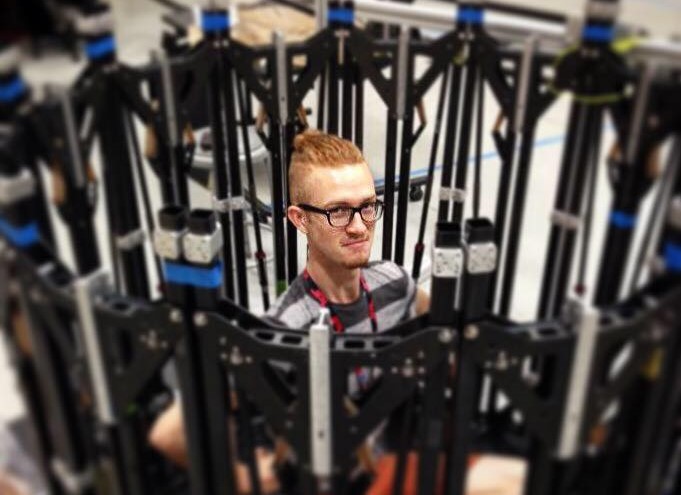
Carlson poses for a photo in the center of the large hoop that forms the circumference of the Starshade design during his summer internship at JPL in 2015. Image courtesy Jeff Carlson | + Expand image
How did your internship shape your career path and lead to what you’re doing now?
When I first started my internship, I thought that what I wanted to do was mostly CAD, [computer-aided design], work, sitting in front of a computer 3D modeling and making drawings. The internship taught me the joys of tinkering with stuff that might go to space. There are so many things to think about, from launch environments to micro-meteoroids to ridiculous temperatures and pressures. It changes the way you think about a problem to be on the formulation side, putting the hardware together. I didn’t even know that was a career option for me until I started doing it. My JPL internship really opened my eyes to that. I didn’t even know the role that I’m in right now existed.
Did your internship also give you the opportunity to meet people who would potentially become your managers?
Yes. I think one thing that makes JPL really awesome is that if an intern has a really great idea, it doesn’t matter that they’re a student. They will be listened to with the same openness as if the chief engineer had the same idea. Somebody described JPL to me as a meritocracy, and I think more than any other place I’ve been, that’s true. I’ve seen it myself. Even as a starting full-time engineer, there are times when I think, “Who am I to suggest this? I don’t have as much experience as all these other people.” But I say it because the culture here supports that. And then it affects the way the mission is designed. It changes something important.
Have you had your own interns? If so, what’s your mentorship style? What do you hope they take away from the experience?
Yes, I’ve had interns of my own. I tried to emulate my mentors from when I was an intern. Looking back on it now, they are part of what made me really successful – allowing me the freedom to realize that I am smart enough to make decisions. Coming from school, I think interns have this idea that they need to be told what to do because it’s like a school assignment. But for some of the tasks that we have going on here, the A, B, and C of getting a job done is not all there is. Sometimes it’s up to the intern to determine the path forward. So I try to give my interns enough freedom to make these kinds of decisions. I think the validation that you get from seeing an idea come to fruition is going to make you a much better engineer than if you were just told to do a task and you performed it.
What’s your advice for those looking to intern or work at JPL one day?
One thing that was a detriment to me trying to work here was seeing myself as a student, hanging out with adults, or seeing myself as kind of underneath my coworkers. So for an intern in a meeting with other engineers, don’t be afraid to speak up, feel confident in the education that you’ve received.
Lastly, I hear that you write poetry and draw in your free time. Have your experiences at JPL influenced your creative side or vice versa?
Being here has opened my eyes to a lot of things. Since I’ve started working here, I’ve opened up more to allow other people’s ideas and perspectives to influence my own. Also, JPL encourages creativity. Caltech [which manages JPL for NASA] has an art show every year. I put some pieces in there. I think it’s awesome to blend engineering and art. There’s also a talent show at JPL every year. I sing in the talent show with a little looper pedal. So JPL encourages and confirms, in my mind, that you don’t have to be just an engineer. This is a good place to say, we can do this and that.
Explore More
Explore JPL’s summer and year-round internship programs and apply at: https://www.jpl.nasa.gov/edu/intern
The laboratory’s STEM internship and fellowship programs are managed by the JPL Education Office. Extending the NASA Office of STEM Engagement’s reach, JPL Education seeks to create the next generation of scientists, engineers, technologists and space explorers by supporting educators and bringing the excitement of NASA missions and science to learners of all ages.
TAGS: Higher Education, Internships, STEM, Engineering, Interns, College, Careers, Robotics, Mars, Rover, Mars 2020, Starshade

